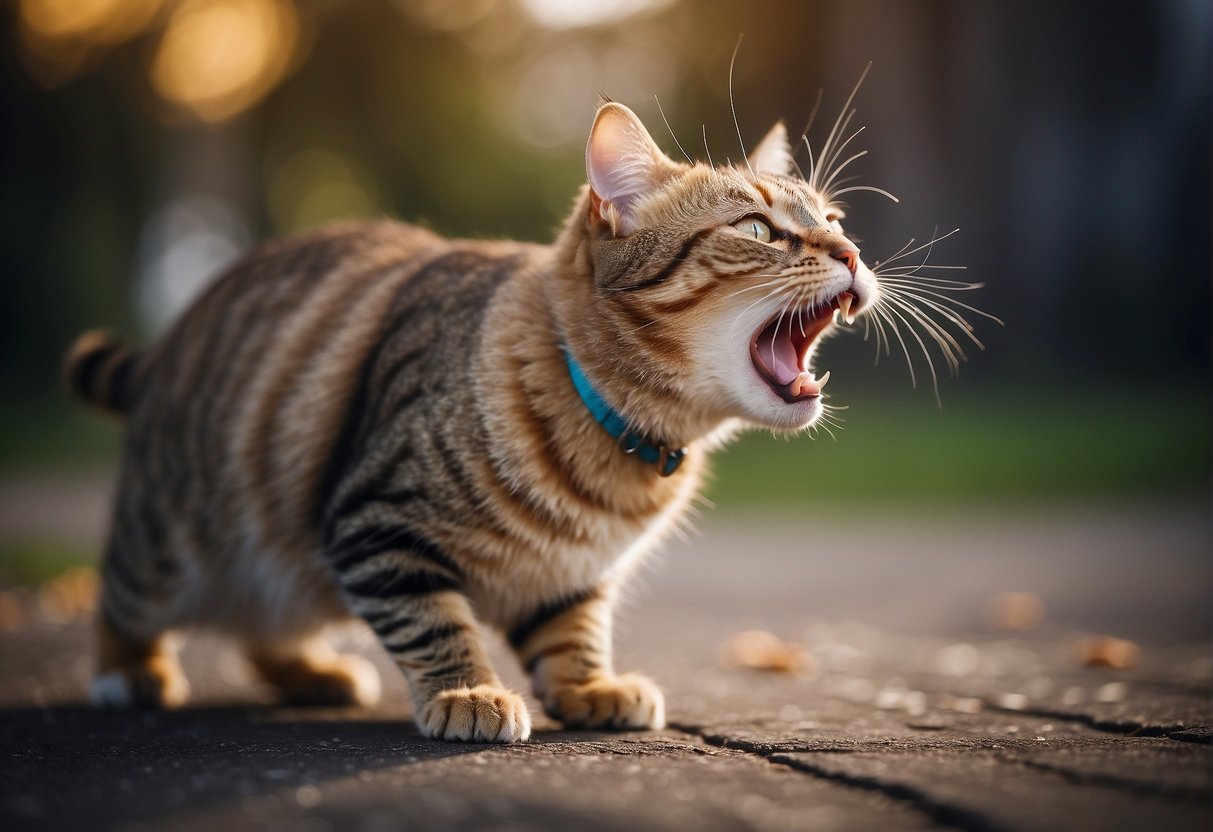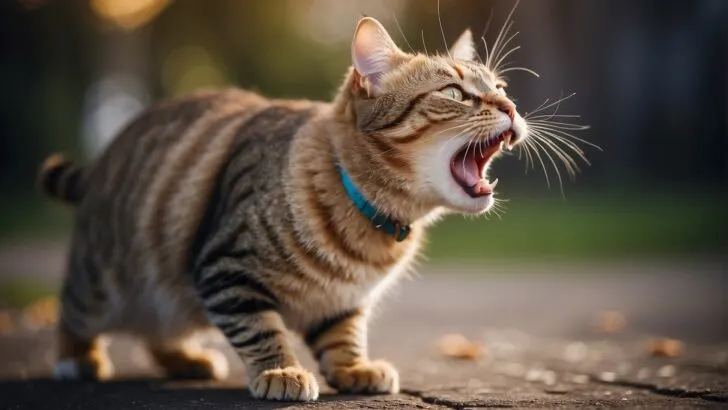Just like human children, kittens do lose their baby teeth. This natural process begins when the kittens are around three to six months old. You might notice tiny teeth scattered around their favorite nap spots or play areas.
The first set of teeth, known as deciduous teeth, make their appearance when a kitten is about three weeks old, setting the stage for the teething process.

During this period, your kitten’s gums might be a bit tender, and you might catch them chewing on different objects more frequently, or even find them a bit less eager to eat their dry kibble. These are all signs that their adult teeth are coming in, pushing out the baby teeth.
Though this can be uncomfortable for your little friend, it’s a normal part of their growth.
It’s quite fascinating to see your feline companion transition from a playful kitten to a grow-up cat, complete with a full set of 30 adult teeth. Rest assured, the teething phase is just a short chapter in your kitten’s life, and soon they’ll have their permanent teeth ready to tackle their adult diet.
Kitten Teething Explained
As your kitten grows, they’ll transition from their deciduous teeth, commonly known as milk teeth, to their permanent set. This process is natural and something every feline goes through.
The Teething Timeline
Your kitten will start teething around the age of 3 weeks, which marks the beginning of their milk teeth emergence. By 6 to 8 weeks, all 26 of their kitten teeth should be visible. This set includes 12 incisors, 4 canines, and 10 premolars.
These teeth will stay with them until they’re about 3 to 6 months old, at which point their permanent adult teeth will start to come in.
- 3 Weeks: Incisors begin to appear.
- 3-4 Weeks: Canines will emerge.
- 6 Weeks: Premolars appear, completing the set of milk teeth.
- 3-6 Months: Adult teeth replace the deciduous set, culminating in a total of 30 teeth.
Recognizing the Signs of Kitten Teething
During teething, you might notice your kitten displaying signs of discomfort due to sore gums. They may chew on objects more frequently to relieve the pressure. Here’s what to watch for:
- Increased Chewing: Soft toys, fingers, or furniture might become frequent targets for their sore gums.
- Drooling: Some kittens may drool more than usual due to the teething.
- Missing Teeth: It’s possible to find tiny teeth around your home, but often they just swallow them harmlessly.
- Mild Irritability: Like human babies, kittens might be a bit more irritable when they’re teething.

Dental Development in Cats
From the transition of milk teeth to the emergence of full-grown adult fangs, every stage is important.
From Milk Teeth to Adult Fangs
Kittens start their lives toothless, but it’s not long before their milk teeth (deciduous teeth) begin to emerge, usually around 3 weeks of age. Watching a kitten’s teeth come in can be as exciting as observing a baby’s first tooth!
As they grow, kittens develop a set of 26 baby teeth, which include incisors, canines, and premolars, but not molars. These teeth aren’t just adorable; they’re functional, acting as placeholders for their future adult teeth.
By the time your furry friend reaches 3 to 4 months, they’ll begin to lose these baby teeth. It’s an entirely natural process where these temporary teeth make way for a more robust set of 30 permanent teeth, which include the addition of molars.
You might notice your kitten chewing more during this time. They’re not just being mischievous; they’re likely soothing their gums. To aid them, offer safe toys designed for teething kittens to chew on. This not only provides relief but also prevents them from nibbling on unsuitable objects.
Problems can arise, such as persistent deciduous teeth, where baby teeth don’t fall out when they’re supposed to, leading to dental issues. If you notice any baby teeth remaining while adult teeth come in, a trip to the vet is in order.
Proper dental care throughout a cat’s life is crucial, from teething kittenhood all the way to those golden senior years.
Helping Your Kitten Through Teething
As your kitten grows, teething is a natural and necessary phase. It’s when their baby teeth fall out to make way for adult teeth.
During this phase, kittens may experience discomfort, which reflects in their behavior such as increased chewing and sometimes even a bit of grumpiness.
Teething Tips and Tricks
To soothe your kitten’s tender gums and satisfy their urge to chew during the teething phase, consider the following:
- Chew Toys: Invest in teething toys that are specifically designed for kittens. The ideal ones are made of durable, kitten-safe rubber and may even be infused with catnip to keep your kitten engaged.
- Soft Food: If your kitten shows a decreased appetite, provide soft food which is easier on their gums and teeth. Wet or moist cat foods are good choices in such times.
- Oral Health Maintenance: Gently massage your kitten’s gums with a clean finger or a special kitten toothbrush to aid in the teething process and to establish a routine for oral health.
- Dental Treats: Introduce dental treats to promote healthy chewing habits and help with teeth cleaning.
When to Consult a Veterinarian
You should monitor your kitten’s mouth for any signs that may warrant a professional consultation:
- Persistent Tooth: If you notice a persistent tooth (baby tooth that hasn’t fallen out while the adult tooth is coming in), this can cause dental issues and might require extraction.
- Bleeding Gums or Injury: A small amount of bleeding or red gums can be normal, but excessive bleeding or any signs of injury should be evaluated by your vet.
- Behavioral Changes: If your kitten’s irritability is significant, or they have drastically altered their eating habits, consulting a vet can help rule out any serious dental problems.
Your vet might recommend tooth extraction under anesthesia and can also take x-rays to assess the health of the teeth in your cat’s mouth that are not visible, ensuring proper teething progression.

My name is James, and welcome to FAQCats!
Along with our team of cat owners, expert pet enthusiasts, and pet professionals, we aim to write engaging helpful, engaging content about cats. At FAQCats we strive to provide content that’s accurate and fun to read. Our team writes about everything related to cats; even the most complex of topics. Through extensive research and caring for our own fur-pals, we’re able to provide something cat owners worldwide will love. Have a look around, and leave us feedback anytime!

